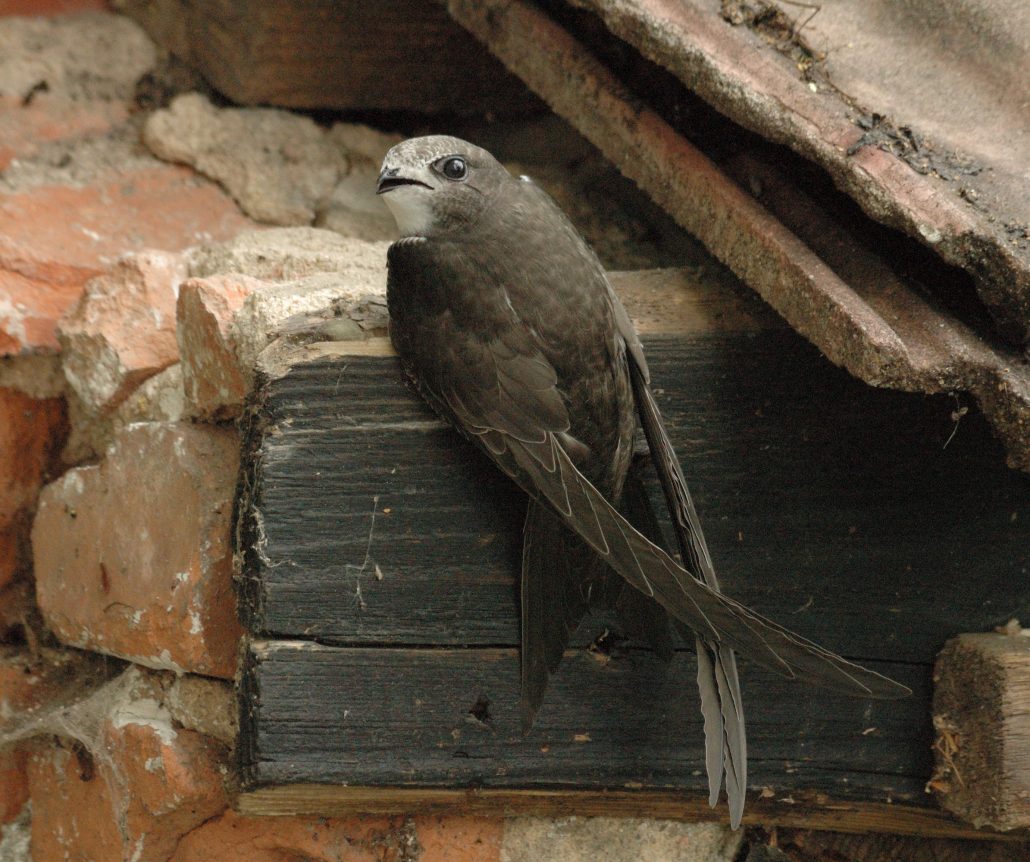The common swift is probably the best-known and most fascinating bird species in densely built-up urban areas. Summer would be unthinkable without their signature calls and aerobatic displays, which enliven the cityscape and are an important link to nature for many city-dwellers. What is more, these birds are equally spectacular from a physiological and ecological point of view – what other species returns to the same nesting site for decades, spends its entire life outside of the breeding season in the air, and, as an insect eater, is extremely useful besides? The common swift mapping project aims to protect these remarkable animals and conserve their urban habitat.
Using citizen science to map and protect nesting sites
With keen support from members of the public, the Municipal Department for Environmental Protection is mapping the birds’ nesting sites, recording their precise locations and making the information available online to architects, building contractors and anyone else working in the construction and renovation sector. Refurbishment and urban infill projects are placing increasing pressure on these useful birds, and this negative impact is mainly due to ignorance rather than malice. Because they are hidden away out of sight, the birds’ breeding sites are often inadvertently destroyed. On the other hand, protecting their breeding sites involves little effort as well as little cost. If their breeding sites are recorded in good time, the birds can continue to nest there without causing undue expense or requiring any complicated follow-up measures.
Successful protection of nesting sites
Since May 2017, local citizens have been going out during the breeding season to identify common swift nesting places, with over 2,000 breeding sites mapped in Vienna to date. In its capacity as nature conservation authority for the Federal Province of Vienna, the Department for Environmental Protection uses the collected data on common swift breeding sites for species conservation and research purposes. The City of Vienna has already succeeded in protecting or replacing a large number of nesting sites that were endangered or had been lost through renovation and conversion works. The contribution of local people has been decisive to the success of the project and the efforts to protect the common swift. Both this participatory approach and the underlying aim of species conservation are fully in line with the goals of the Smart City Wien Framework Strategy.
Contact
DI Ferdinand Schmeller
Municipal Department 22 – Environmental Protection
E-Mail: ferdinand.schmeller@wien.gv.at
Website: www.mauersegler.wien.at (in German)
This post is also available in: German




